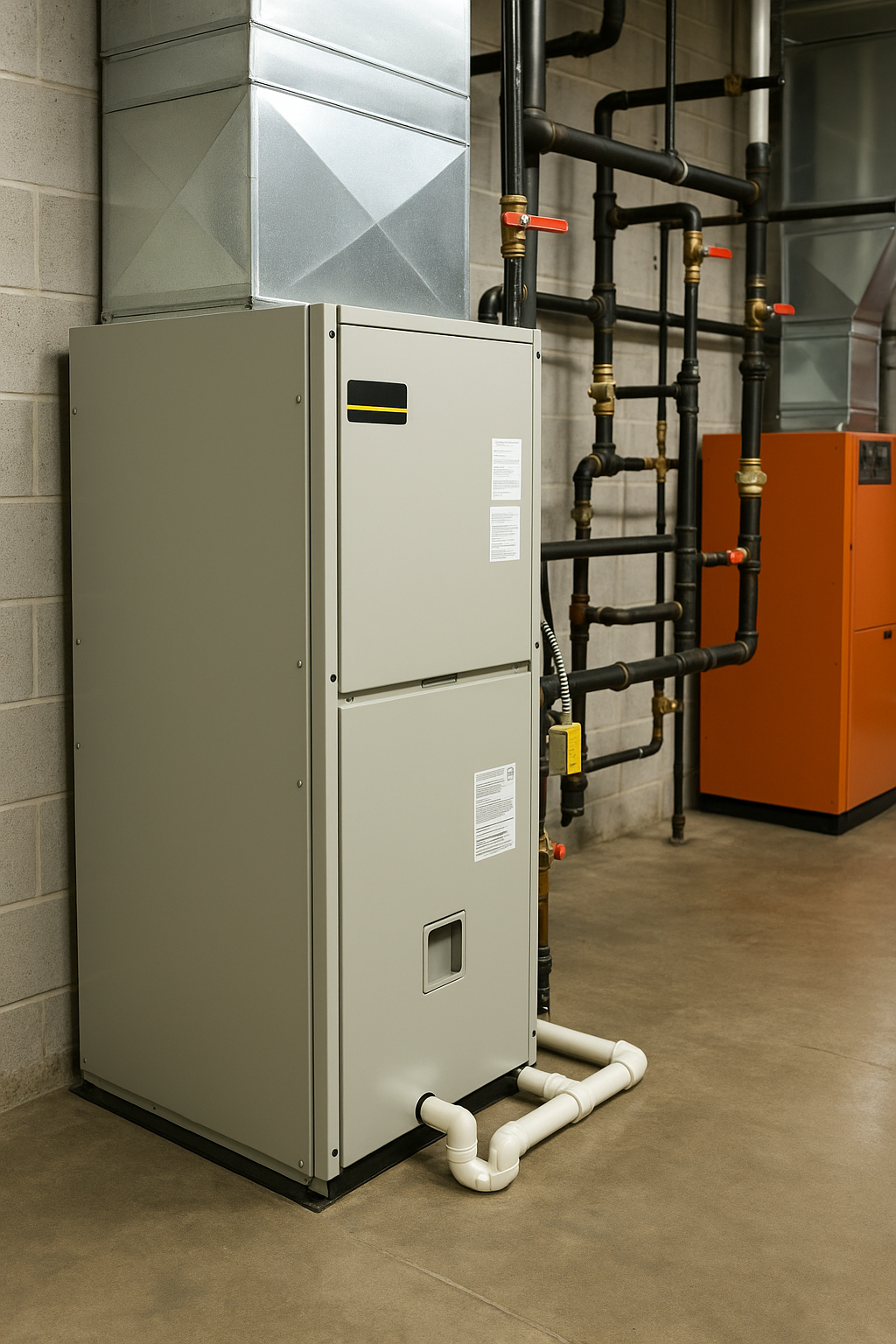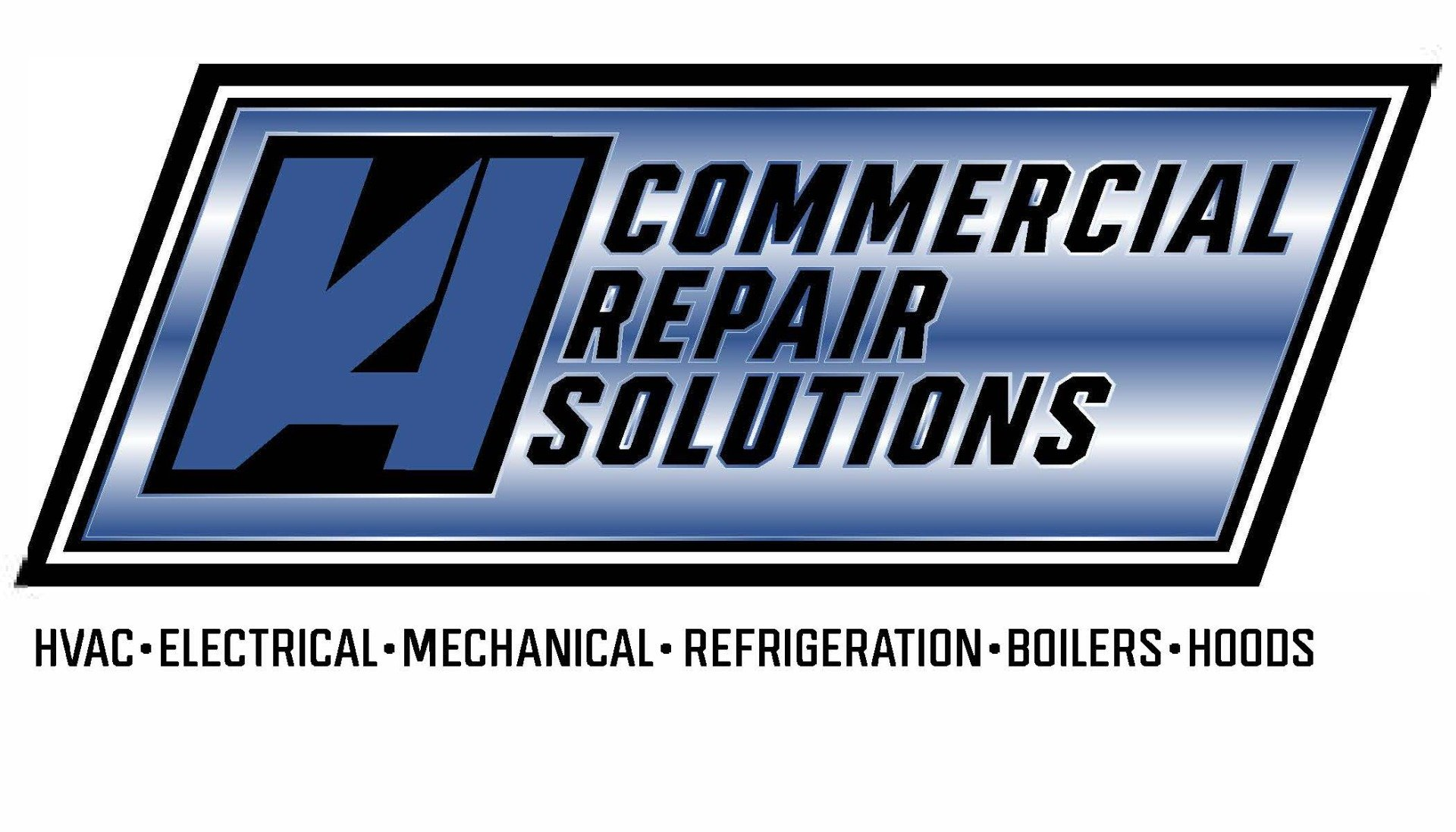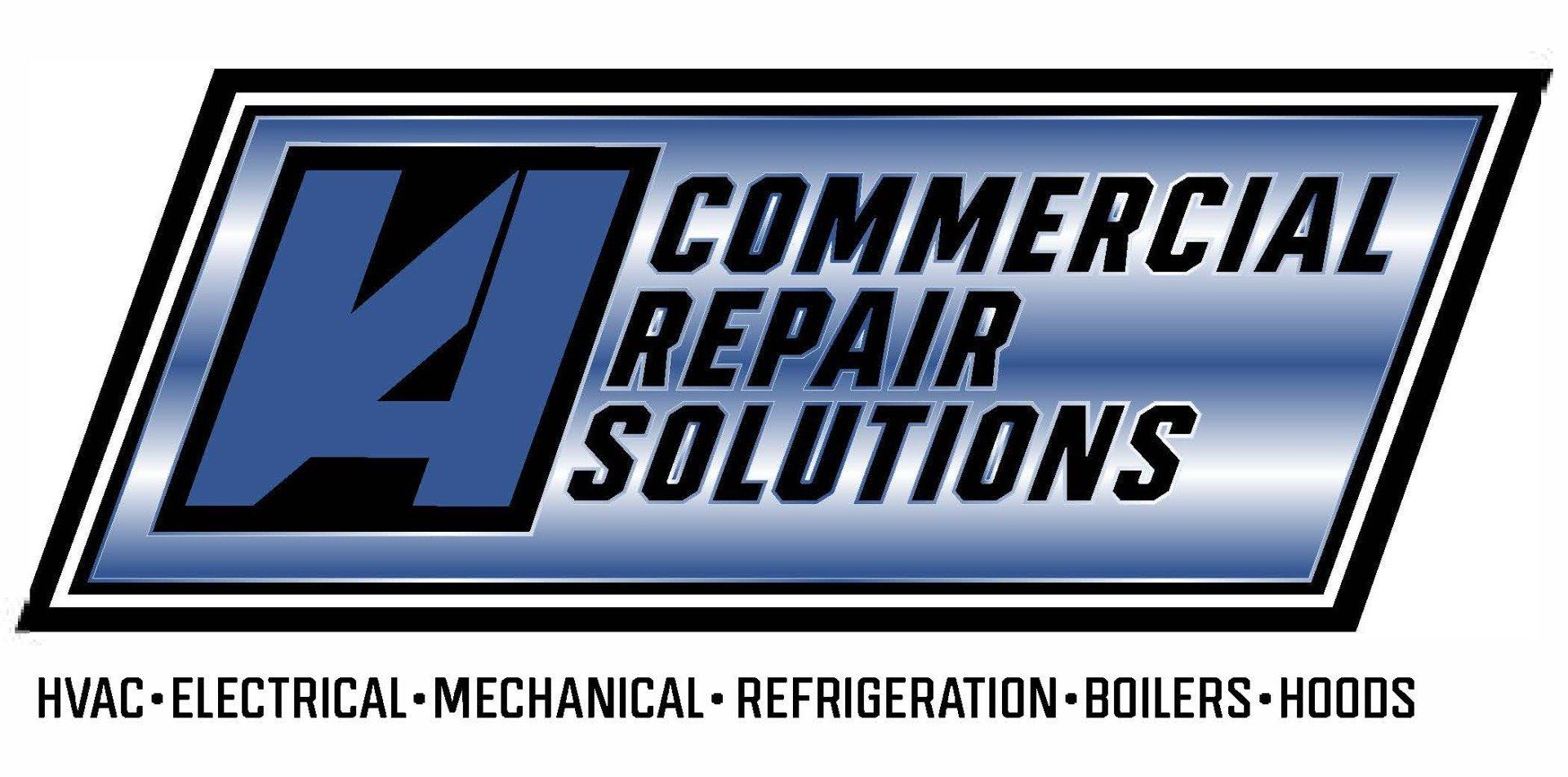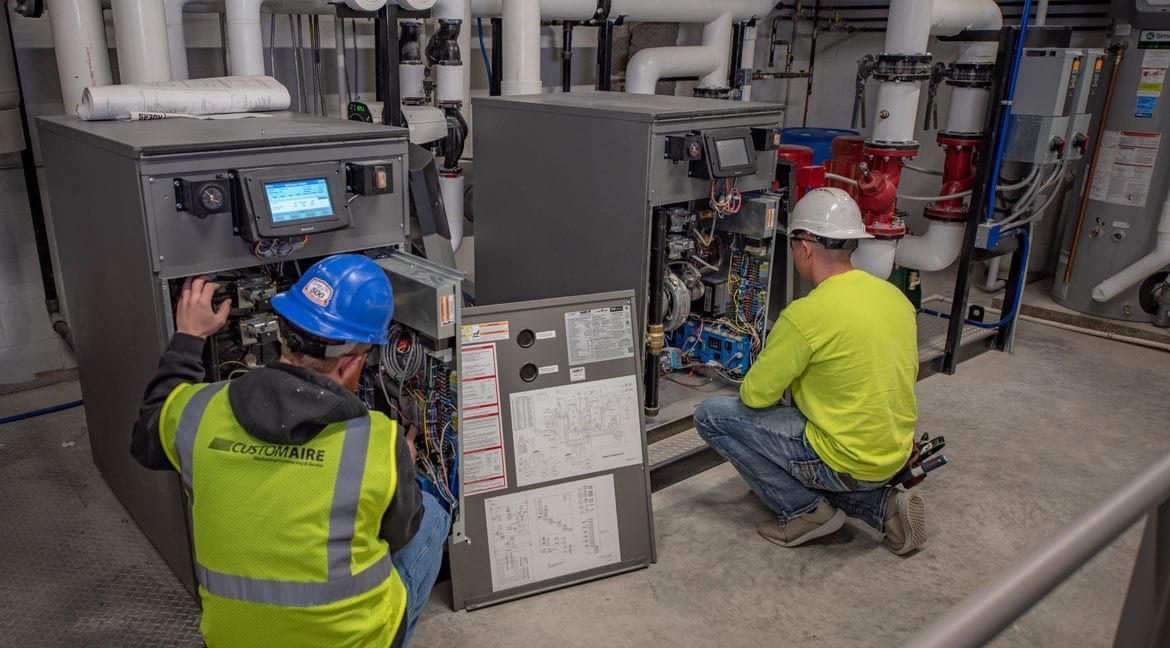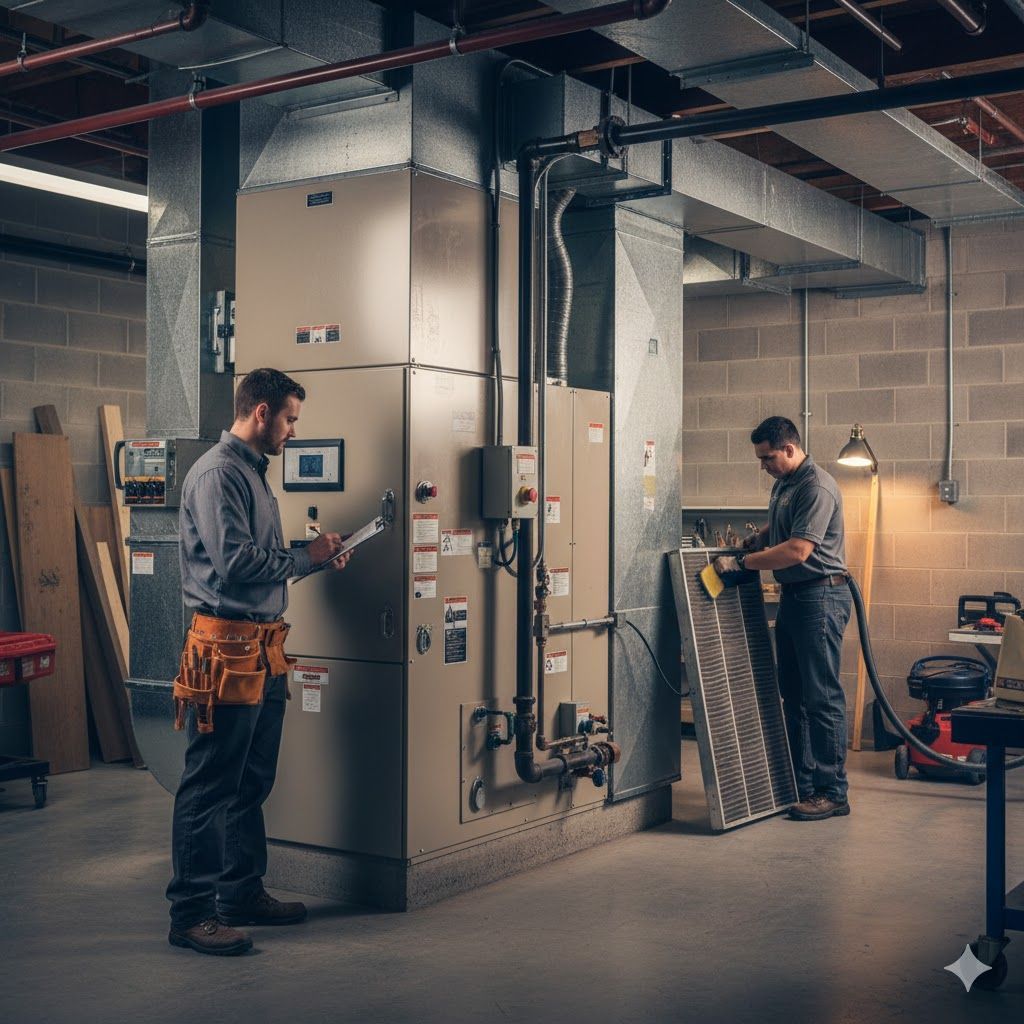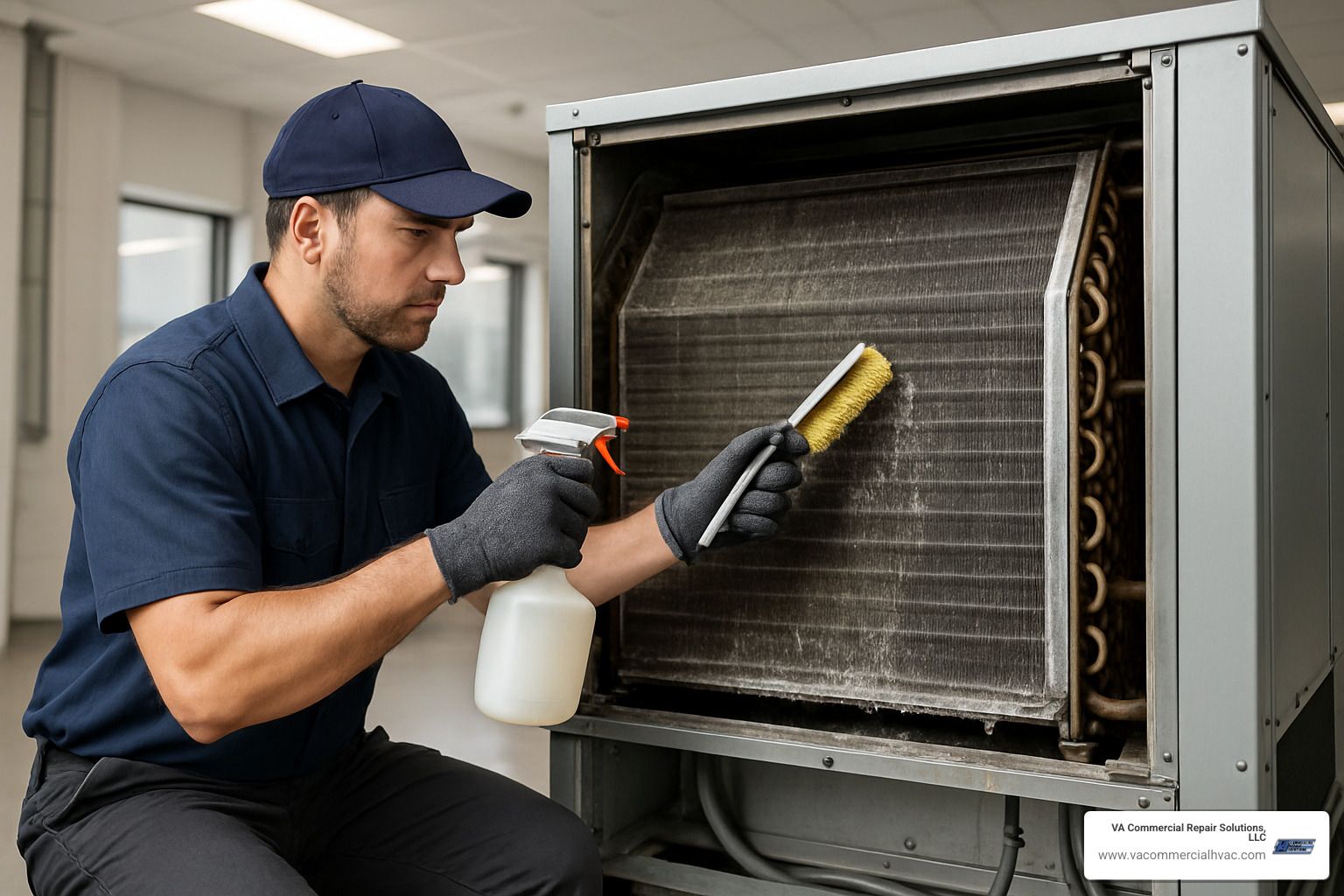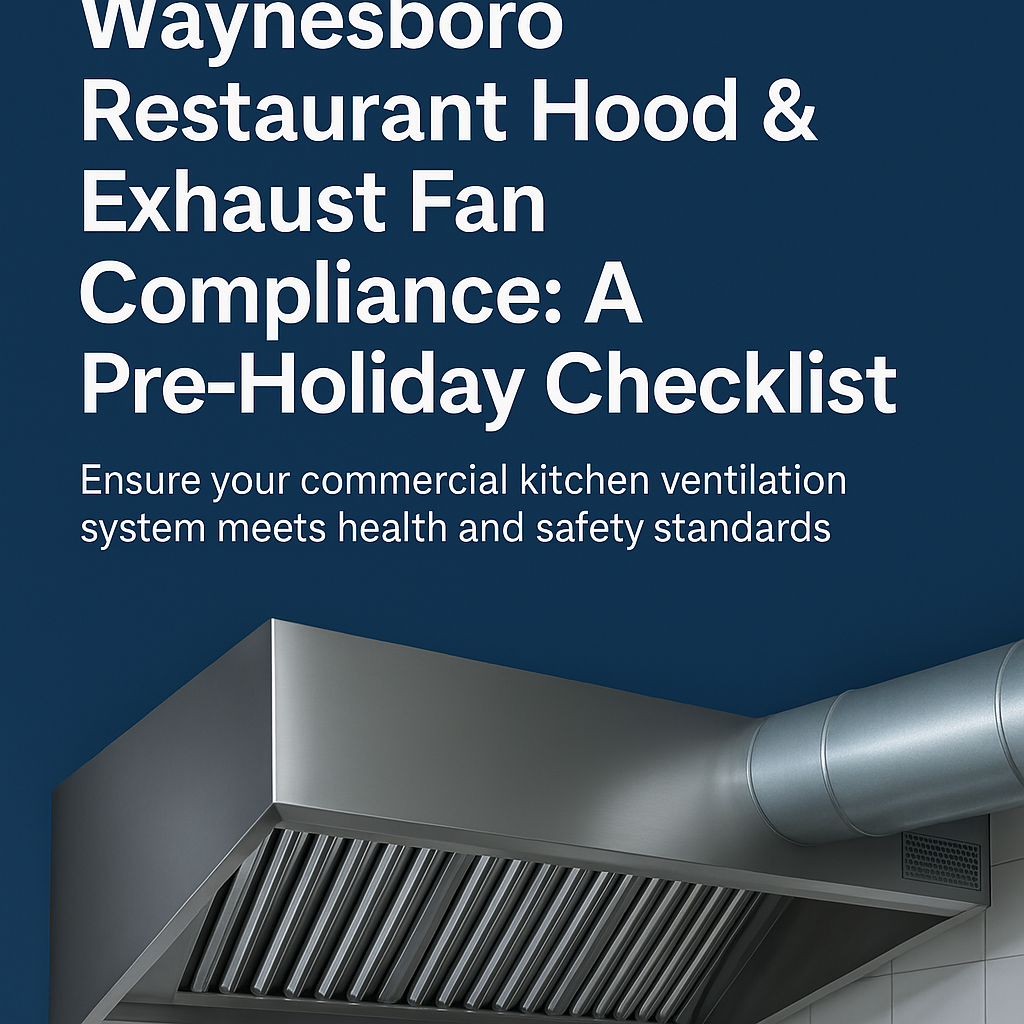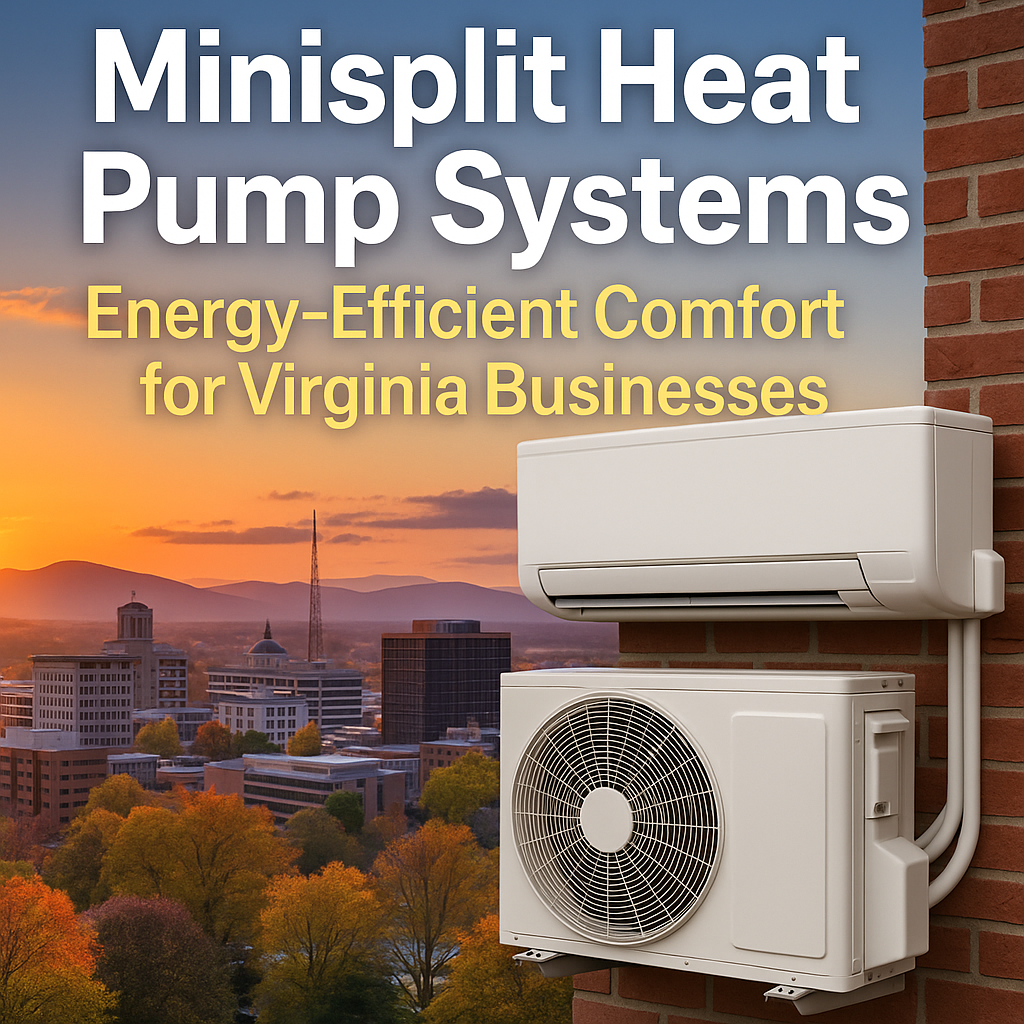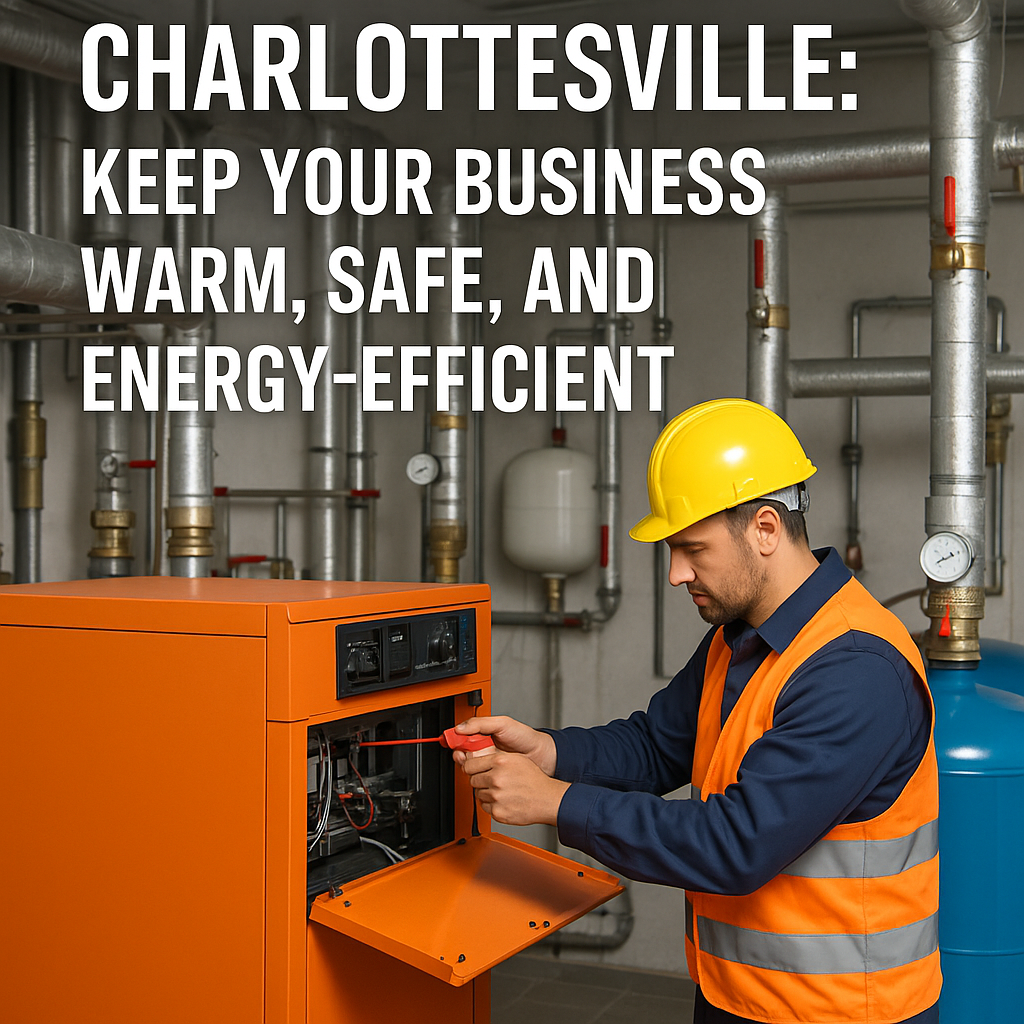Chill Factor – Top Refrigerator and Freezer Picks
Why Choosing the Right Refrigerator and Freezer Matters
When shopping for a refrigerator and freezer , you're making one of the most important appliance decisions for your home or business. These essential units preserve food, reduce waste, and impact your energy bills for years to come.
Quick Guide to Refrigerator and Freezer Types:
- French Door - Wide shelves, bottom freezer drawer, ideal for large platters
- Side-by-Side - Narrow door swing, good for tight spaces, built-in ice/water
- Top-Freezer - Classic design, most affordable, wide freezer storage
- Bottom-Freezer - Eye-level fresh food access, spacious refrigerator section
- Chest Freezer - Maximum storage capacity, energy efficient, garage-ready
- Upright Freezer - Organized shelving, smaller footprint, easier access
The research shows that more than one third of the world's food production is lost to waste every year , making proper refrigeration technology more crucial than ever. Modern units offer advanced features like dual evaporators, humidity control, and smart connectivity to maximize food preservation.
Key factors to consider include capacity (4-6 cubic feet per adult), energy efficiency (look for ENERGY STAR certification), and whether you need standard-depth or counter-depth design. Most refrigerators last 14-17 years, making this a significant long-term investment.
I'm Gregg Kell from VA Commercial Repair Solutions, and I've spent years helping businesses choose and maintain commercial refrigerator and freezer systems throughout Central Virginia. My experience with everything from walk-in coolers to display cases gives me unique insight into what makes these appliances reliable workhorses.
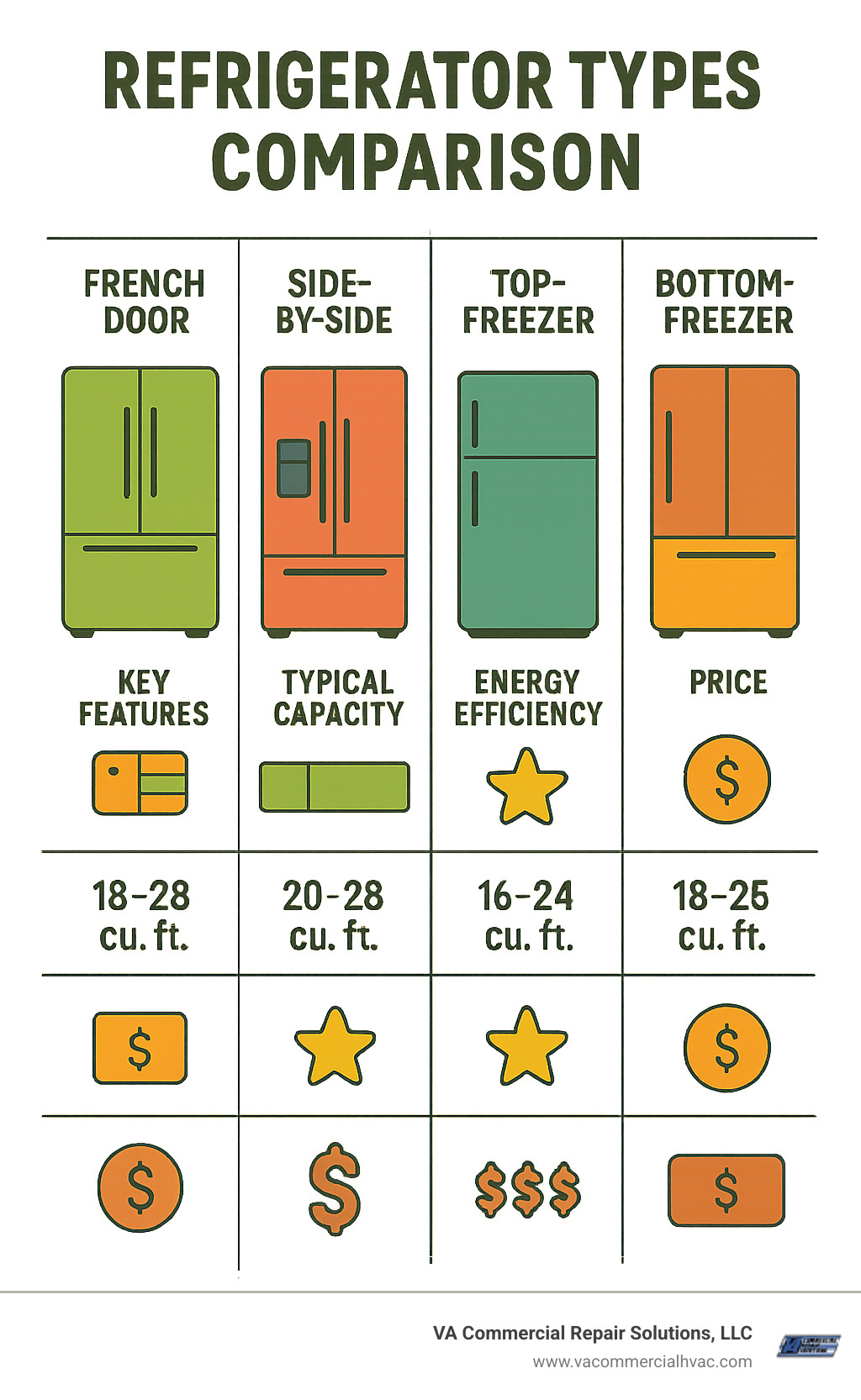
Refrigerator and freezer terms you need:
Decoding the Styles: Finding Your Perfect Refrigerator and Freezer Match
Finding the right refrigerator and freezer style is like choosing a dance partner – it needs to work with your space, your habits, and your lifestyle. Each style brings its own personality to your kitchen, and understanding these differences will help you make a choice you'll love for years to come.
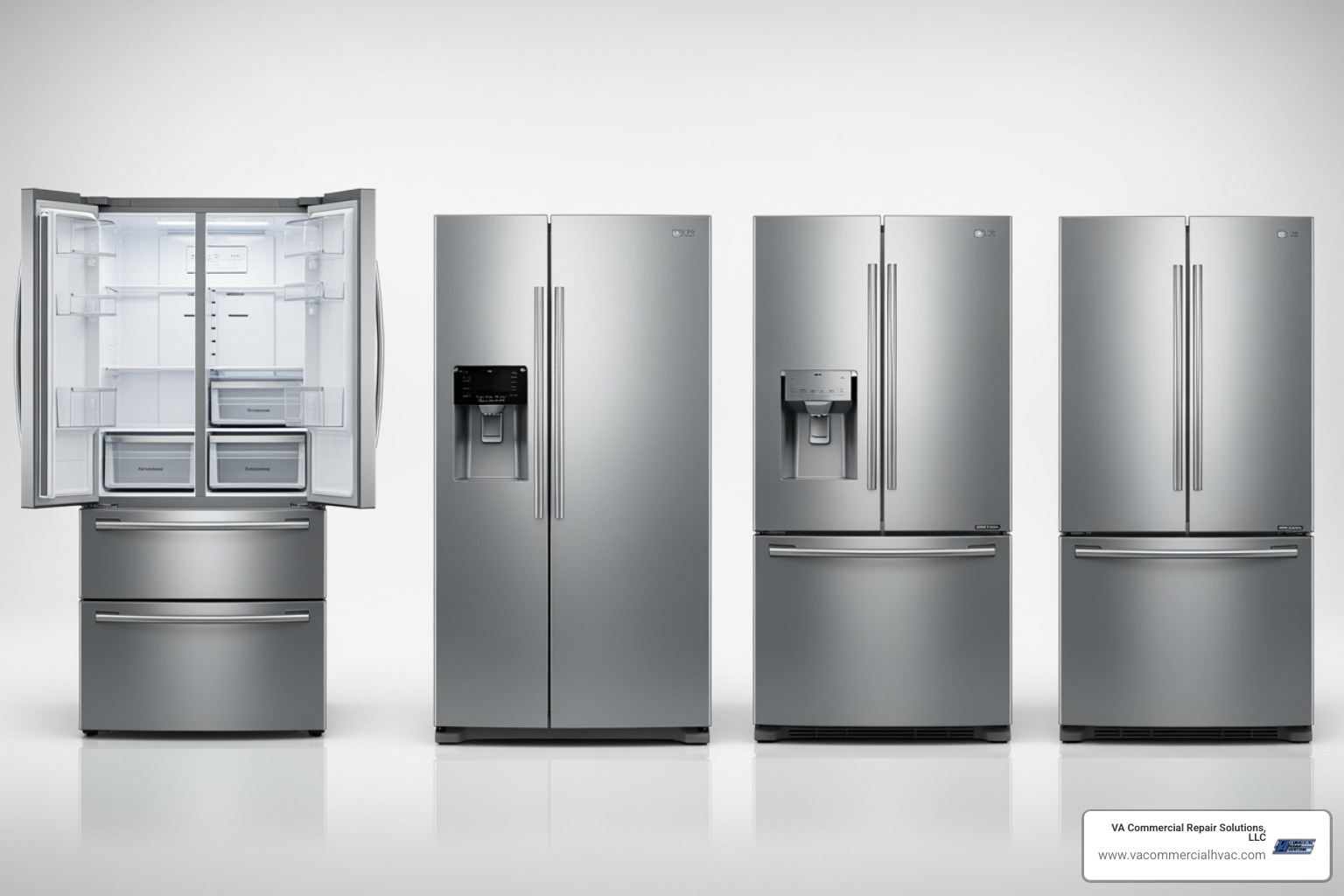
Let's break down what makes each style special. Here's how the main types stack up against each other:
| Refrigerator Type | Key Features | Typical Capacity (cu. ft.) | Footprint/Space | Price Range (General) |
|---|---|---|---|---|
| French Door | Wide shelves, bottom freezer drawer, double doors | 20-30+ | Medium to Large | Medium to High |
| Side-by-Side | Vertical fridge & freezer, narrow door swing | 20-28 | Medium | Medium |
| Top-Freezer | Freezer on top, wide shelving in fridge | 10-22 | Small to Medium | Low to Medium |
| Bottom-Freezer | Freezer on bottom, fridge at eye-level | 18-22 | Medium | Medium |
French Door Refrigerators
French door models are the show-offs of the refrigerator and freezer world, and they've earned their popularity. Picture this: wide shelves that can actually fit your holiday turkey platter without playing refrigerator Tetris, double doors that open to reveal all your fresh food at eye level, and a bottom freezer drawer that slides out smoothly.
This popular design shines when you're hosting dinner parties or have a family that loves fresh foods. Those wide shelves are perfect for large platters , sheet cakes, or that massive fruit tray from the warehouse store. The freezer drawer below keeps frozen items organized and accessible without bending over too much.
Side-by-Side Refrigerators
If your kitchen feels more like a hallway than a cooking space, side-by-side models might be your best friend. These units feature a vertical freezer on one side and a vertical refrigerator on the other, creating narrow door swing that's perfect for tight spaces .
The real convenience factor here is the in-door ice and water dispensers that many models offer. No more opening the main compartment just to grab ice for your sweet tea. Your kitchen workflow stays smooth, and you're not blocking the whole aisle every time someone wants a cold drink.
Top-Freezer and Bottom-Freezer Models
Sometimes the classic design is classic for a reason. Top-freezer models are the reliable workhorses of the appliance world – cost-effective , straightforward, and featuring wide shelving that makes the most of every inch.
Bottom-freezer models flip the script by putting fresh food at eye-level access , which makes sense when you think about it. How often do you grab milk versus frozen peas? Choosing the right refrigerator and freezer configuration depends on your daily routine and what you reach for most often.
Both styles offer generous storage without the bells and whistles, making them perfect for budget-conscious families or anyone who prefers simple, reliable performance.
Column and Under-Counter Units
For those dreaming of a magazine-worthy kitchen, column and under-counter units offer the ultimate in integrated design . These are the stars of custom kitchens , allowing flexible placement throughout your space.
Imagine having beverage centers in your entertainment area or wine coolers positioned perfectly for dinner parties. These units blend seamlessly with your cabinetry, creating a high-end look that's both functional and beautiful. For complex installations, especially in commercial settings, understanding commercial refrigeration installation becomes crucial.
Standalone Freezers: Chest vs. Upright
Sometimes your main refrigerator and freezer combo just can't handle your storage needs. That's where standalone freezers come to the rescue, perfect for bulk storage and long-term freezing .
Chest freezers are the champions of efficiency and capacity. They keep cold air locked in when you open the lid, making them incredibly energy-efficient. Many are garage-ready models that can handle temperature swings your main fridge couldn't tolerate. The downside? You might need to play archaeological dig to find that bag of frozen berries at the bottom.
Upright freezers offer the convenience of organized shelving and easy access. They look and work more like a regular refrigerator, making them ideal if you frequently access your frozen goods. While they might use slightly more energy, their smaller footprint and better organization often make them worth it.
For businesses with serious cold storage needs, the stakes are much higher. We often discuss the benefits of commercial freezers for businesses with our clients, as their requirements go far beyond what any home unit could handle.
Sizing It Up: How to Choose the Right Capacity and Fit
Getting the perfect refrigerator and freezer isn't just about picking a style you love—it's about making sure it actually fits in your kitchen and meets your family's needs. I've seen too many homeowners fall in love with a beautiful unit online, only to find it won't fit through their doorway or leaves them constantly running out of space.
Let's start with the basics: measuring your space . You'll need to know the exact height, width, and depth of where your new appliance will live. For height, measure from floor to ceiling or the bottom of any overhead cabinets. Don't forget that door hinges can add extra height—this matters more than you might think.
Width seems straightforward, but remember to leave at least an eighth of an inch on each side for air circulation. Your refrigerator and freezer needs to breathe to work efficiently. For depth, measure from the back wall to the front edge of your countertops, and consider how far the doors will swing open. You don't want your fridge door blocking your kitchen workflow.
Here's a real-world example: My new fridge needs a 70 3/4" height clearance and recommends an additional 3/8" of height clearance for ease of installation, but I only have 71" height available. That leaves just 1/8" of wiggle room—technically possible, but it'll make installation tricky and might not allow proper air circulation.
Standard-Depth vs. Counter-Depth
This decision affects both how your kitchen looks and how much food you can store. Standard-depth refrigerators stick out past your countertops, but they offer maximum storage capacity. They're usually more affordable per cubic foot of storage, making them popular with larger families.
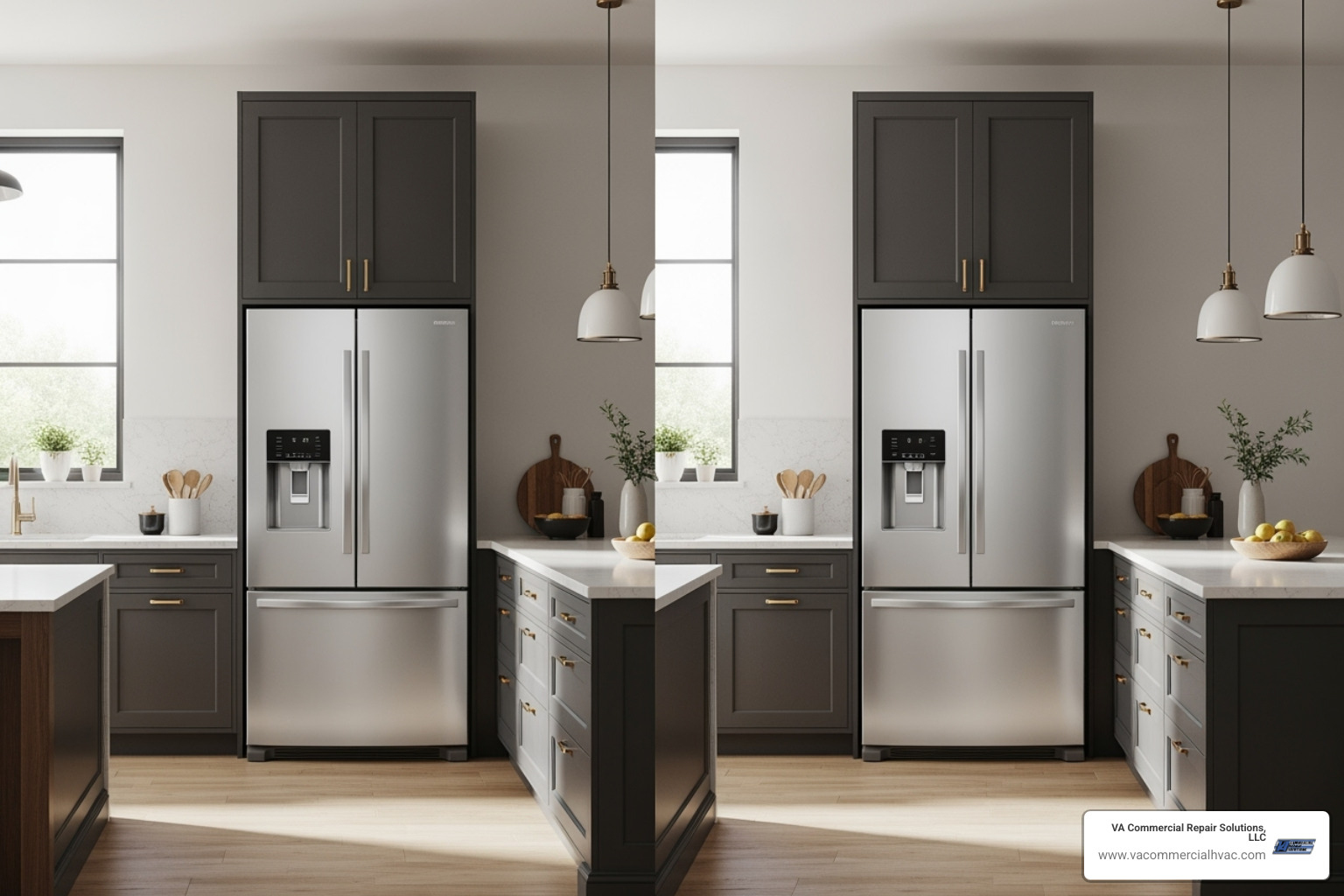
Counter-depth models sit flush with your counters, creating that sleek, built-in look many homeowners want. They improve kitchen workflow by not jutting into your aisle space, but you'll typically sacrifice some storage capacity. The trade-off is often worth it for the clean aesthetic and better traffic flow, especially in smaller kitchens.
Calculating Your Capacity Needs
Now for the million-dollar question: how much space do you actually need? The general rule of thumb is 4 to 6 cubic feet per adult in your household. A family of four would typically need a refrigerator and freezer with 16-24 cubic feet of fresh food storage.
But here's where it gets personal. Do you shop daily for fresh ingredients, or do you prefer bulk buying at warehouse stores? Are you feeding teenagers who seem to consume everything in sight? Do you entertain frequently or freeze lots of leftovers?
Adjusting for bulk buying means looking at larger capacities—maybe 6-8 cubic feet per person if you're stocking up monthly. For the freezer space ratio , aim for about one-third of your total capacity dedicated to frozen storage, though this varies based on your cooking and shopping habits.
Planning for the future is smart too. That growing family or changing lifestyle might require more space down the line. It's usually better to go slightly larger than you think you need, rather than constantly running out of room.
These are starting points. Your actual needs depend on your unique situation, cooking habits, and family size. The key is being honest about how you really use your kitchen, not how you think you should use it.
Modern Tech for Optimal Food Preservation
The technology inside today's refrigerator and freezer units is nothing short of amazing. When you consider that more than one third of the world's food production is lost to waste every year , it becomes clear why manufacturers have invested so heavily in preservation innovation. These aren't just cold boxes anymore – they're sophisticated food preservation systems designed to keep your groceries fresh longer and your wallet happier.
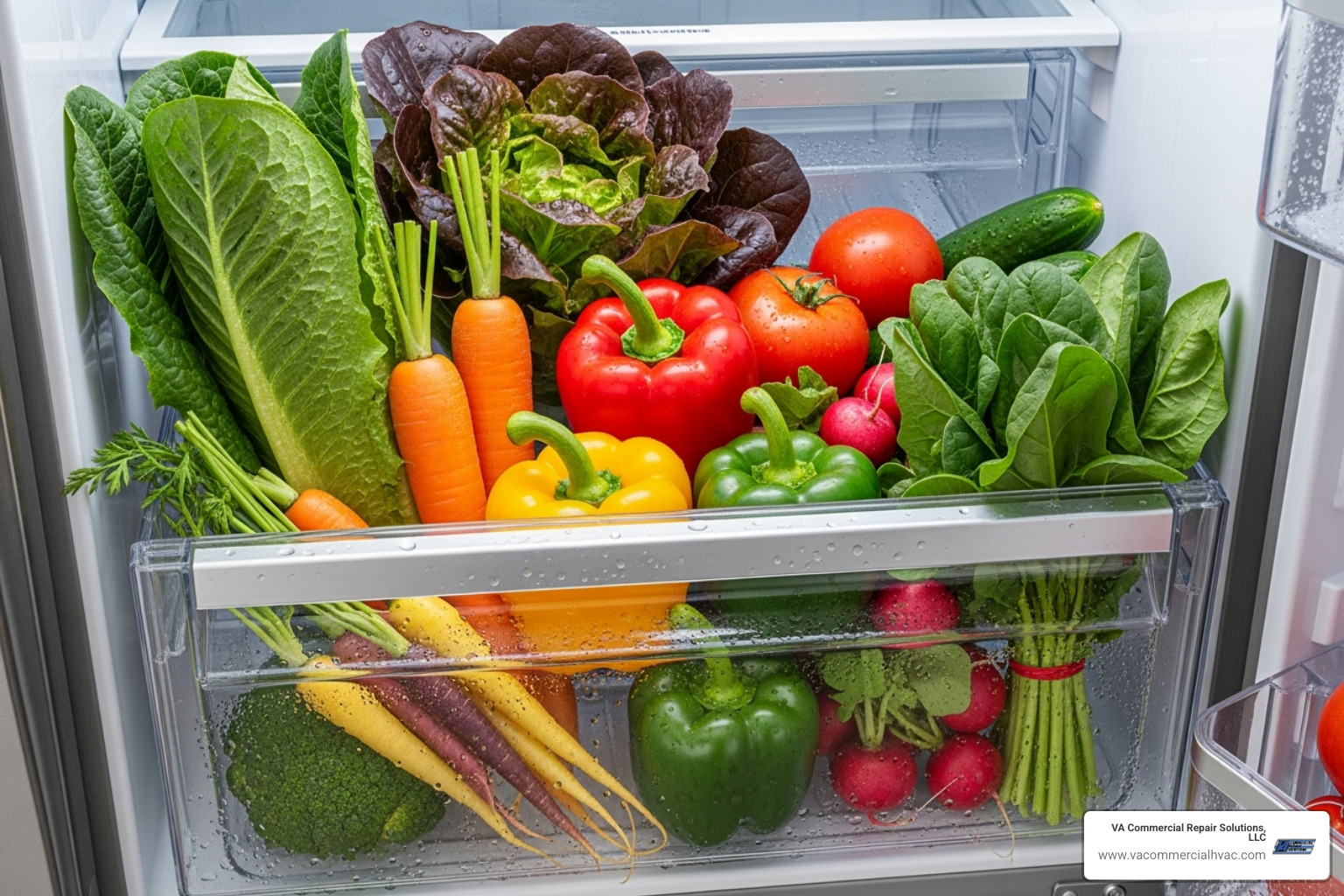
The science behind modern food preservation focuses on three key areas: temperature stability , humidity control , and airflow management . Think about it – your lettuce stays crisp when it has the right moisture level, your meat stays fresh when the temperature never fluctuates, and your frozen foods avoid freezer burn when air circulation is just right.
Key Preservation Features
Let me walk you through the game-changing features that make modern refrigerator and freezer units so effective at preserving food.
Dual evaporators are perhaps the most significant advancement in recent years. Instead of sharing the same cooling system, your refrigerator and freezer sections each have their own evaporator. This means the humid air that keeps your vegetables crisp never mixes with the dry air that prevents freezer burn. No more onion-flavored ice cubes!
Linear compressors have revolutionized how these appliances maintain temperature. Rather than constantly turning on and off like older models, these smart compressors adjust their speed based on what you actually need. Open the door frequently while cooking dinner? The compressor ramps up smoothly. Middle of the night when nobody's around? It barely whispers along, saving energy and maintaining perfect temperatures.
The airflow systems in premium models ensure every corner of your refrigerator and freezer gets consistent cooling. Gone are the days of finding frozen lettuce in the back or warm spots that spoil your milk early. These systems use strategically placed vents and fans to create gentle, even air circulation.
Crisper drawers have become incredibly sophisticated. Modern humidity sliders let you create the perfect environment for different types of produce. Leafy greens need high humidity to stay crisp, while apples prefer it a bit drier. Some models even have separate zones that can switch between refrigerator, pantry, or chill modes depending on what you're storing.
Temperature control is absolutely critical for food safety and freshness. If you're experiencing issues with inconsistent temperatures, our guide on Fridge Too Warm? Here's the Scoop on Refrigerator Temperatures can help you troubleshoot.
Smart Refrigerators and Freezers
Smart technology has transformed the humble refrigerator and freezer into a connected kitchen command center. These features aren't just flashy gadgets – they solve real problems we all face.
Wi-Fi connectivity and mobile apps let you monitor and control your appliance from anywhere. Imagine getting a notification that someone left the door open while you're still at work, or being able to adjust the temperature before a big grocery haul. Some apps even offer smart diagnosis features that can identify potential problems before they leave you with spoiled food.
Internal cameras solve the age-old grocery store dilemma: "Do I have milk?" A quick check on your phone shows you exactly what's inside, helping you avoid duplicate purchases and reduce waste. Some models take this further with door transparency features – just knock twice and the interior lights up without opening the door.
Recipe integration and shopping list management turn your refrigerator into a meal planning assistant. The large touchscreens on premium models can display recipes, track expiration dates, and automatically add ingredients to your shopping list. It's like having a personal chef's assistant built right into your kitchen.
Smart learning capabilities are where the technology gets really impressive. These systems learn your family's patterns – when you typically open the door, how often you use ice, what temperatures you prefer – and adjust automatically to optimize performance and energy efficiency.
The entertainment features might seem like overkill, but when your refrigerator and freezer becomes a hub for family schedules, music, and even streaming content, it truly becomes the heart of your kitchen. Just remember, all these smart features work best when your appliance is properly maintained and running at peak efficiency.
The Eco-Friendly Choice: Energy Efficiency and Your Wallet
Here's something to think about: your refrigerator and freezer is probably the hardest-working appliance in your home. It's the one that never gets a break, humming away 24/7 to keep your food fresh and safe. This constant operation means that choosing an energy-efficient model isn't just good for the planet—it's great for your wallet too.
When I'm helping business owners select commercial refrigeration, I always tell them the same thing I'll tell you: the most energy-efficient unit will pay for itself over time through lower utility bills. It's one of those rare situations where doing the right thing environmentally also makes perfect financial sense.
Understanding ENERGY STAR Certification
The ENERGY STAR certification is like a seal of approval that you can trust. This government-backed symbol tells you that the refrigerator and freezer you're considering goes above and beyond the minimum federal energy standards.
What makes these certified models special? They're designed to use significantly less energy than conventional models, which translates directly to lower monthly utility bills. You might pay a bit more upfront for an ENERGY STAR certified unit, but those energy savings over the appliance's 10-20 year lifespan often make it the smarter financial choice.
Here's a bonus: many local utility companies offer rebates or incentives for purchasing ENERGY STAR certified appliances. It's worth checking what's available in your area before you buy—you might be surprised by how much you can save.
How to Maximize Energy Savings
Even with the most efficient refrigerator and freezer , there are simple things you can do to keep it running at peak efficiency. Think of these as small investments that pay big dividends over time.
Proper temperature settings are crucial. Don't make your appliance work harder than necessary by setting temperatures too low. The ideal refrigerator temperature is at or below 40°F, while your freezer should be at 0°F. Any colder is just wasting energy.
Cleaning your condenser coils might sound technical, but it's actually pretty simple. These coils, usually found on the back or bottom of your unit, help dissipate heat. When they get dusty or dirty, your refrigerator and freezer has to work much harder. A quick cleaning once or twice a year can make a noticeable difference in your energy bills.
Don't overlook your door seals —they're the unsung heroes of energy efficiency. These flexible strips create an airtight seal that keeps cold air in and warm air out. If they're cracked, torn, or have lost their elasticity, you're literally letting money leak out. Here's a simple test: close the door on a piece of paper, and if it pulls out easily, your gasket might need attention.
Strategic placement matters too. Avoid putting your refrigerator and freezer next to heat sources like ovens, dishwashers, or in direct sunlight. The warmer the surrounding environment, the harder your appliance has to work to maintain those cool temperatures.
Here's something that might surprise you: keeping your unit full (but not overcrowded) actually helps it run more efficiently. The food items act as thermal masses, helping to absorb heat and maintain stable temperatures. Just make sure you don't pack it so full that air can't circulate properly.
While we're talking about energy efficiency, your home's overall energy management plays a role too. Adopting efficient thermostat habits for your HVAC system can save up to 10% on energy costs throughout the year. It's all about taking a holistic approach to energy savings—something we really believe in at VA Commercial Repair Solutions.
Frequently Asked Questions about Refrigerators and Freezers
After years of helping businesses and homeowners with their cooling needs, I've noticed the same questions come up again and again. Let me share the answers that matter most when you're dealing with your refrigerator and freezer .
What temperature should my refrigerator and freezer be?
Getting the temperature right is absolutely crucial for both food safety and keeping your energy bills reasonable. Here's what you need to know:
Your refrigerator should stay at or below 40°F (4°C). This sweet spot keeps your fresh food safe by slowing down bacterial growth without freezing delicate items like lettuce or tomatoes.
Your freezer needs to be at 0°F (-18°C) to properly freeze foods solid and preserve their quality, texture, and nutritional value for months. Any warmer and you risk freezer burn or food spoilage.
These aren't just suggestions - they're the temperatures that keep your food safe and your appliance running efficiently. When temperatures drift too high, your refrigerator and freezer has to work overtime, which means higher energy bills and more wear on the system.
How long does a new refrigerator last?
This is probably the most practical question I get, and the answer gives most people peace of mind. A quality refrigerator and freezer typically lasts between 10 to 20 years, with most falling right in the middle at around 14-17 years.
Standalone freezers tend to last a bit longer - about 16 years on average - since they don't have as many moving parts as combination units.
The key to reaching that upper range is proper maintenance. Regular cleaning of the condenser coils, checking those door seals, and giving your unit proper ventilation space can add years to its life. But if you're dealing with persistent problems like constant temperature fluctuations or your frozen food keeps thawing, it might be time for professional help.
At VA Commercial Repair Solutions, we always try to repair rather than replace when possible. Our Refrigeration Repair Service has helped extend the life of countless units throughout Central Virginia, saving our clients thousands in replacement costs.
What's the difference between a commercial and a residential freezer?
This question comes up a lot with our business clients in Charlottesville, Harrisonburg, and the surrounding areas. While both types keep food frozen, they're built for completely different worlds.
A residential freezer is designed for family life. It holds enough food for typical household needs and gets opened a few times a day. These units prioritize quiet operation and attractive design since they're living in your kitchen or garage. They're built for intermittent use and don't need to meet strict commercial health codes.
A commercial freezer is an entirely different beast. These workhorses handle massive quantities of food for restaurants, grocery stores, and other businesses. They're opened dozens or even hundreds of times per day and must maintain precise temperatures despite constant use. They're built tough to meet strict health regulations and prioritize performance over aesthetics or quiet operation.
The durability difference is remarkable. Commercial units are designed to run continuously under heavy use, while residential models would quickly burn out under that kind of stress. That's why businesses need specialized equipment and why we focus on Cool Picks for Commercial Freezers That Won't Let You Down.
Understanding these differences helps explain why commercial units cost more upfront but save money in the long run through reliability and efficiency.
Conclusion
Choosing the right refrigerator and freezer is one of those decisions that ripples through your daily life for years to come. It's not just about keeping your milk cold – it's about reducing food waste, managing your energy bills, and creating a kitchen that truly works for your lifestyle.
We've walked through the maze of options together, from the neat French door models perfect for entertaining to the practical top-freezer units that won't break the bank. We've explored how counter-depth designs can transform your kitchen's flow, and how modern preservation technology can keep your produce crisp for weeks instead of days.
The beauty of today's refrigerator and freezer market is that there's truly something for everyone. Whether you're a bulk shopper who needs massive freezer capacity, a small family looking for energy efficiency, or someone who loves the latest smart home features, the perfect match is out there waiting for you.
This isn't just an appliance purchase – it's a long-term investment in your home's functionality. By prioritizing features like ENERGY STAR certification, proper sizing for your space, and preservation technologies that fight food waste, you're making a choice that pays dividends month after month.
The key is balancing what you want with what you actually need. That gorgeous French door model might look stunning, but if you're constantly struggling to fit frozen pizzas in the narrow freezer drawer, it's not the right fit. The best refrigerator and freezer is the one that makes your life easier, not more complicated.
For our business clients throughout Central Virginia, the stakes are even higher. Your commercial refrigeration isn't just about convenience – it's about food safety, regulatory compliance, and keeping your operations running smoothly. When your walk-in cooler starts acting up on a busy Saturday night, you need someone who answers the phone immediately, not a voicemail system.
That's exactly why we built VA Commercial Repair Solutions the way we did. 24/7 live answer service means you'll always reach a real person, never a recording. We believe in repair over replacement because we know how much these units mean to your business. Our unique repair guarantees give you peace of mind that the job will be done right the first time.
Whether you're shopping for a new residential unit or maintaining commercial refrigeration equipment, protecting your investment starts with making informed decisions and continues with proper care and professional service when needed. For all your commercial refrigeration needs throughout Charlottesville, Harrisonburg, Waynesboro, Staunton, Lexington, Fishersville, and surrounding areas, we're here to keep your cool – literally and figuratively.
